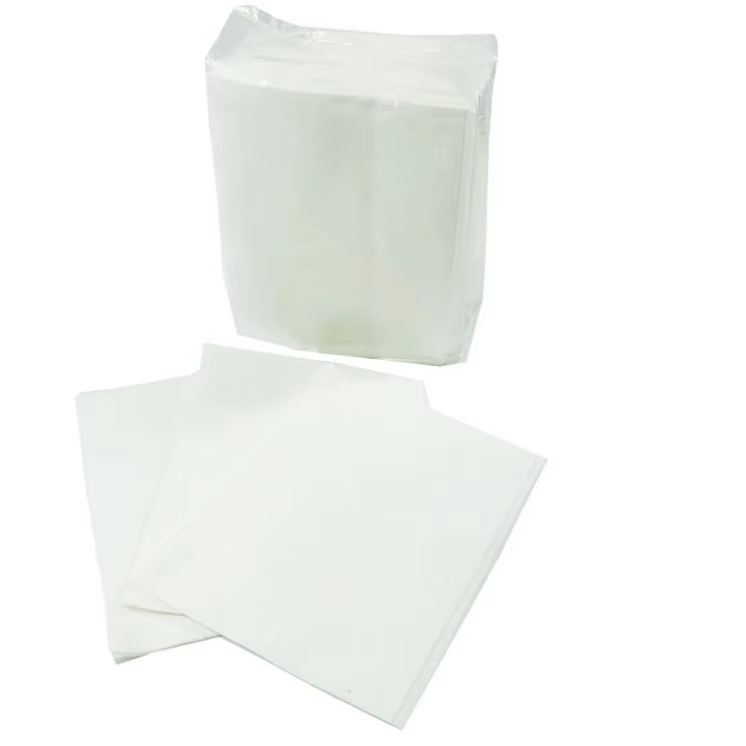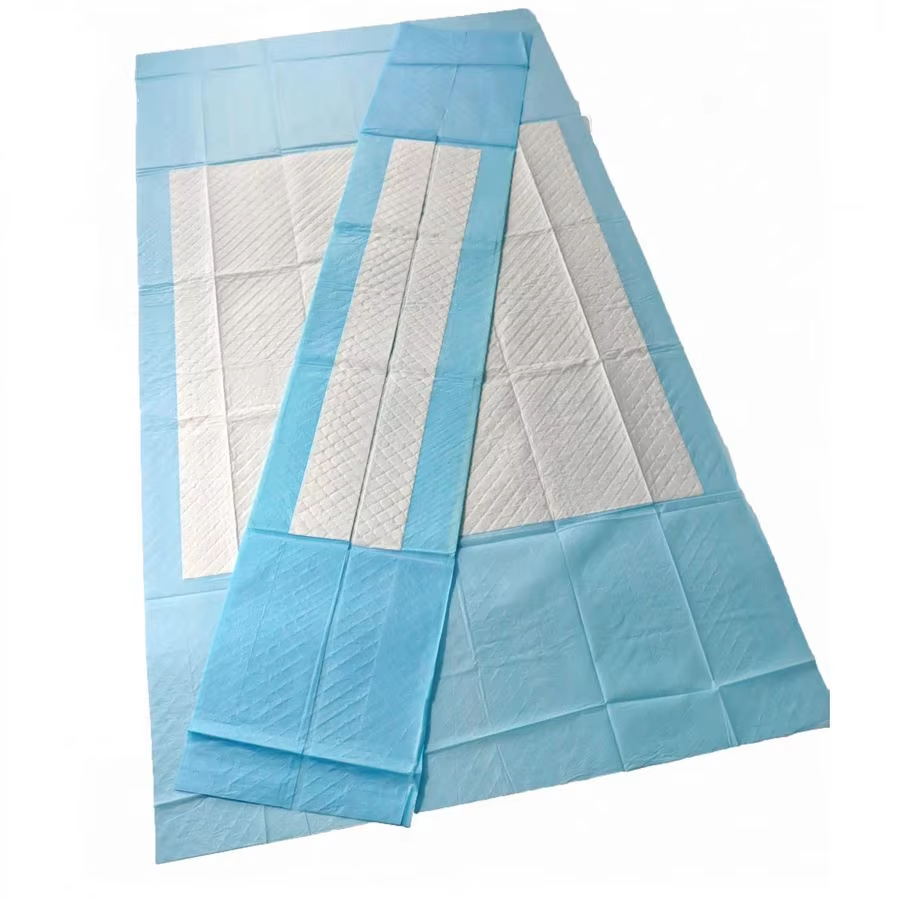Contact Info
200 meters east of Xihuang Village Committee, Linchi Town, Zouping City, Binzhou City, Shandong Province (China)
The importance of medical absorbent materials in healthcare cannot be overstated. They are critical components for wound care and patient hygiene. Patient care, comfort, and infection control hinges primarily on how effective these materials are. What makes these absorbent materials unique and effective in healthcare environments? These factors will be discussed by addressing Mepro Medical, one of the leading holders in medical absorbent textiles.
The composition of the material determines the effectiveness of medical absorbent materials. Mepro Medical uses 100 % polypropylene and polyester fibers. These materials are chosen for their superb absorption characteristics. These materials are highly absorbent, which is critical in medical situations where quick absorption is needed. Prolonged exposure to moisture is dangerous and even life threatening. For example, the hydrophilic non-woven fabric from Mepro Medical designed bandages and isolation gowns. The material optimally attracts and retains liquids, enhancing Mepro Medical's bandages and isolation gowns. The right material has to be chosen to not only enhance performance, but to be durable and withstand moisture exposure. Wet material breakdown leads to critical cross-contaminations. Absorbent materials have to be the primary focus, as even the best designed medical instruments will not meet the demand of healthcare.

The other important aspect that determines the performance of the absorbent materials is design structure.
Mepro Medical maximizes absorbency by utilizing cutting-edge technologies such as needle-punching and SMS (Spunbond-Meltblown-Spunbond) structures. Constant surface area liquid capture relies on the dense porous frameworks of the needle-punched non-woven textiles that form. Additional surface area liquid capture and retention are achieved by layering SMS structures, which are elements of masks and hospital bed sheets. Textiles are specifically designed to ensure the rapid liquid retention of the absorbent material, which is critical during emergency and wound care, while also ensuring that absorbed liquids are retained without leakage. The geometric construction of the material maintains the designed shape, preventing unnecessary liquid-saturated softening while also providing patient comfort.
Medical absorbent materials must be able to absorb liquids and also comply with stringent healthcare standards, ensuring safety. Mepro Medical products hold ISO13485 and CE certifications, which include absorbent materials safety and performance standards. This means products safe for direct patient contact were absorbent, non-toxic, hypoallergenic, and free of other harmful materials. For example, Mepro Medical’s disposable isolation gowns use absorbent materials that meet the standard to prevent skin irritation while absorbing fluid. Standardized absorbent performance, quality, and safety across product batches provides healthcare personnel with dependable material performance.

The potential effectiveness of materials could be compromised if the requirements are not followed properly, even those with high absorbency.
Mepro Medical's absorbent products are used in various healthcare settings, including hospitals and clinics, which demonstrates the practical effectiveness of these products. For instance, their absorbent, non-woven patient gowns help keep patients dry during lengthy hospital stays, contributing to a lower risk of moisture-associated skin infections. When patient transfers are made with the disposable transfer pads, the strong absorbent materials help to prevent slipping by controlling liquid spills. These demonstrated applications of absorbent materials emphasize that effective absorbency goes beyond simple liquid absorption; it facilitates patient care, operational efficiency, and waste management in healthcare. Real-world needs drives Mepro to produce absorbent materials that go beyond basic absorbency, which is why healthcare providers around the world choose Mepro.